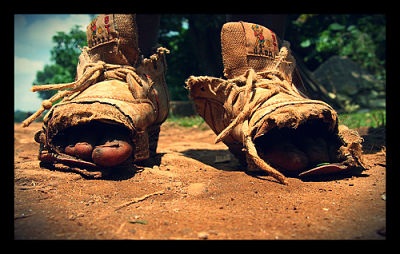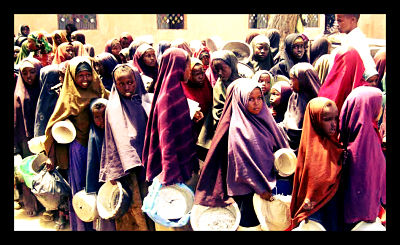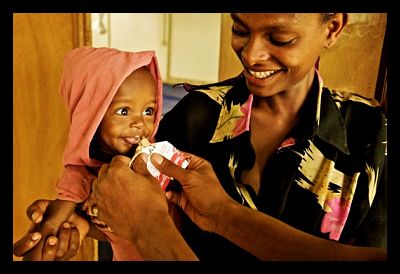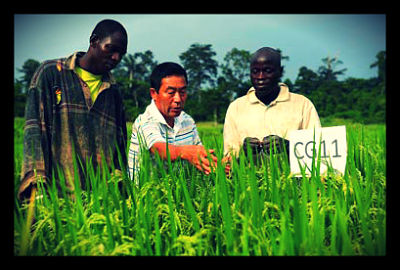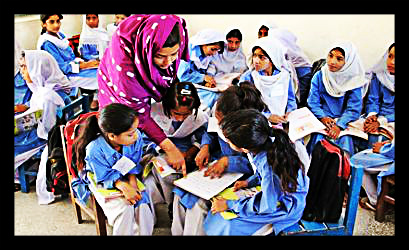
Armed with nuclear technology and on the border of Afghanistan, Pakistan has become an important country in the War on Terror. While the primary method for addressing terrorism has been militaristic and reactive, the United States Agency for International Development (USAID) has created a program to strengthen Pakistan’s educational system and thus help prevent the spread of terrorism – the Teachers Education Program.
Although it possesses nuclear technology and the world’s 6th largest military, Pakistan is still a developing country with roughly 60% of the population living close to or under the poverty line. Communities that struggle to meet basic needs are more susceptible to terrorist influences. The first step to converting someone into a terrorist is to meet the basic needs of a community that otherwise doesn’t have the resources to meet those needs.
The Teachers Education Program has recently awarded 200 scholarships of 20,000 Pakistani Rupees to students pursuing an associate’s or bachelor’s degree in education. This type of education reinforces the transition the Pakistani educational system is undergoing.
In Pakistan, the educational system is modernizing by moving from a base in rote memorization (which is founded on repetition) to a system based on critical thinking. With an updated and fortified educational system, Pakistani students will be better prepared to contribute to the economic development of their communities and thus limit the persuasive ability of terrorist cells.
Investing in the economic development of impoverished communities through education is an excellent way to prevent the spread of terrorism and strengthen the global economy.
– Pete Grapentien
Source The Express Tribune, University of Massachusetts
Photo: Facebook
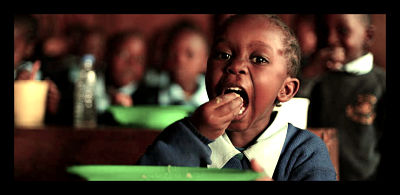 Every single day, families all across the world struggle to provide food for their children. The harsh effects of world hunger and malnutrition are shocking. In 2010, nearly 7.6 million children lost their lives. Of these children, nearly half died due to hunger and poor nutrition.
Every single day, families all across the world struggle to provide food for their children. The harsh effects of world hunger and malnutrition are shocking. In 2010, nearly 7.6 million children lost their lives. Of these children, nearly half died due to hunger and poor nutrition.

